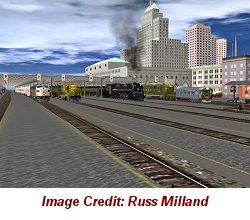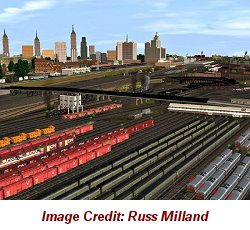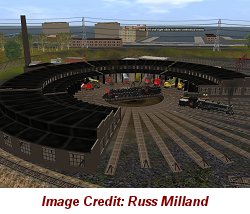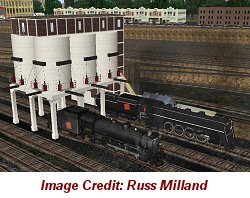





 |
A major challenge for contemporary museums is the opportunity to reach out and share their assets with the world at large through new forms of communication technology, such as the Internet.
The Toronto Railway Museum will include online projects to develop an exciting and compelling story about the pivotal role that railways played in the development of Canada, with an emphasis on southern Ontario and the Toronto area. To enable do this at the same time as we develop our physical museum, we plan to acquire a digitization lab in order to capture and preserve these extensive archives of railway history in pictures and text. The extensive electronic database that we develop will not only used to reach out to the world through the Internet but will also be made available through kiosks throughout the museum to provide interpretation of the historic assets on display. We will also be pursing the opportunity to use hand held display devices to allow museum visitors to tour the railway lands area while the device provides them with further interpretative information. The advances in computer technologies in recent years have made possible the development of highly interactive museum exhibits that allow visitors to go back in history and experience the thrill of the past. In the transportation area, it has allowed for the building of virtual simulations of the worlds that no longer exist within our computer systems. In the past few years, complete software simulation systems for the modeling of vast railway empires have suddenly matured. A number of TRHA members are currently involved with the development of realistic software simulations of the Toronto Railway Lands. In effect, we will be building a "time machine". Our vision is to provide visitors the experience of operating trains in several eras. In the mid-1800's, visitors to the museum will experience an era when railways first reached Toronto and feature the first locomotive built in Canada, which was aptly named the "Toronto". In the 1890's, they will witness a dramatic expansion in the railway lands as they grew spectacularly in size with the expansion of the previous Union Station. In the early 1950's, they will experience both steam and diesel operation in the bustling yards with their two large roundhouses as steam and diesel engines briefly shared the railway lands in an era that saw the rapid demise of the steam engine. And finally they will experience the current era when GO commuter and VIA passenger trains dominate a much changed railway lands area. Visitors will operate controls identical to those in the real engines as they face the challenge of pulling a train out smoothly out of Union Station. We will be following in the footsteps of several museums elsewhere in the world that have led the way by building a number of very popular full scale railway engine simulators. A classic full size CPR FP7 diesel cab unit has been made available to the museum for this purpose. This will allow us to realistically simulate operating from the cab of a 1950's era train as well as the current era as FP7's are still used today by the Ontario Northland Railway. The Toronto Railway Museum may be dedicated to celebrating Toronto's railway history but the TRHA will embrace the latest technology to ensure that the museum mandate is presented to the public in the most compelling and entertaining way. |